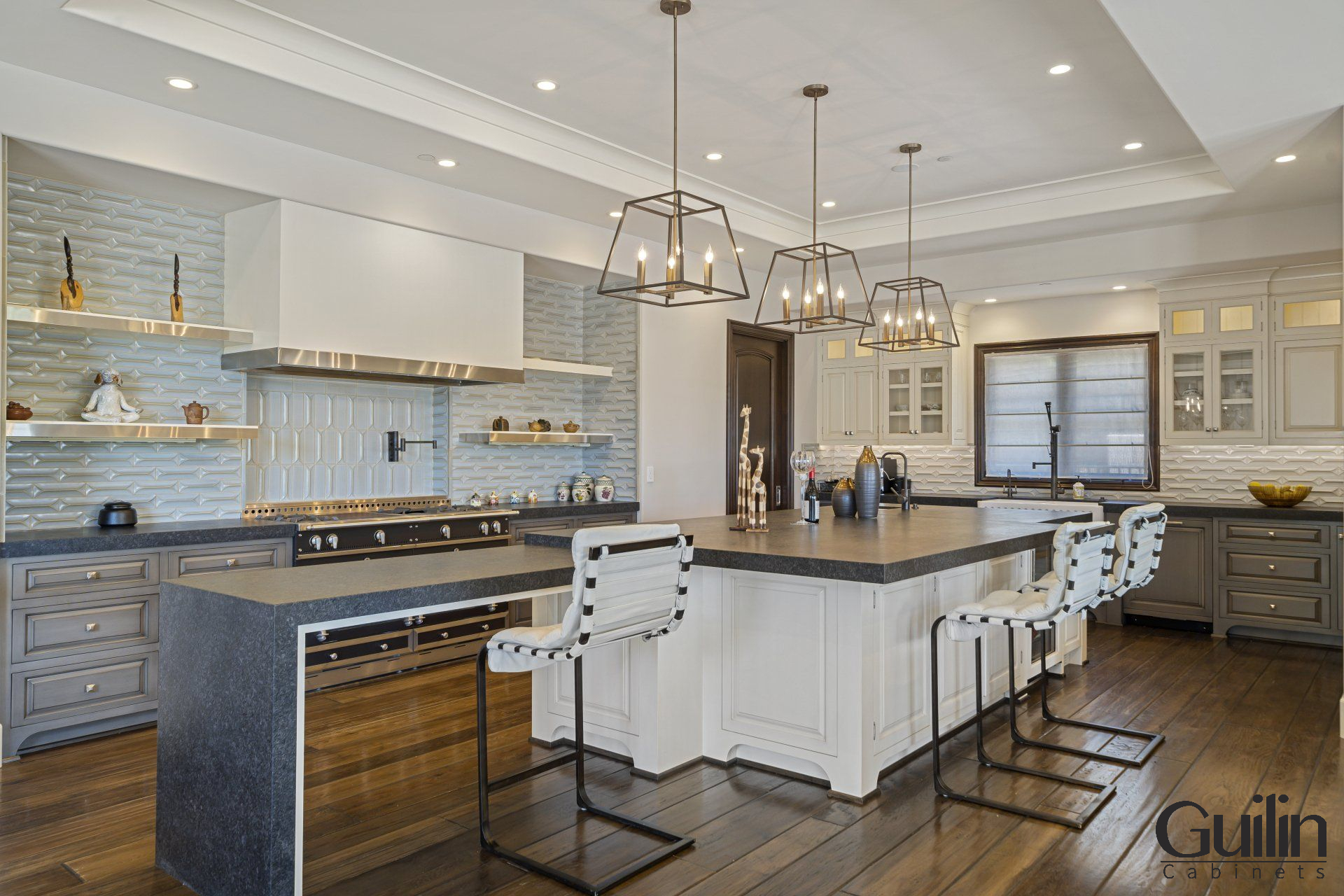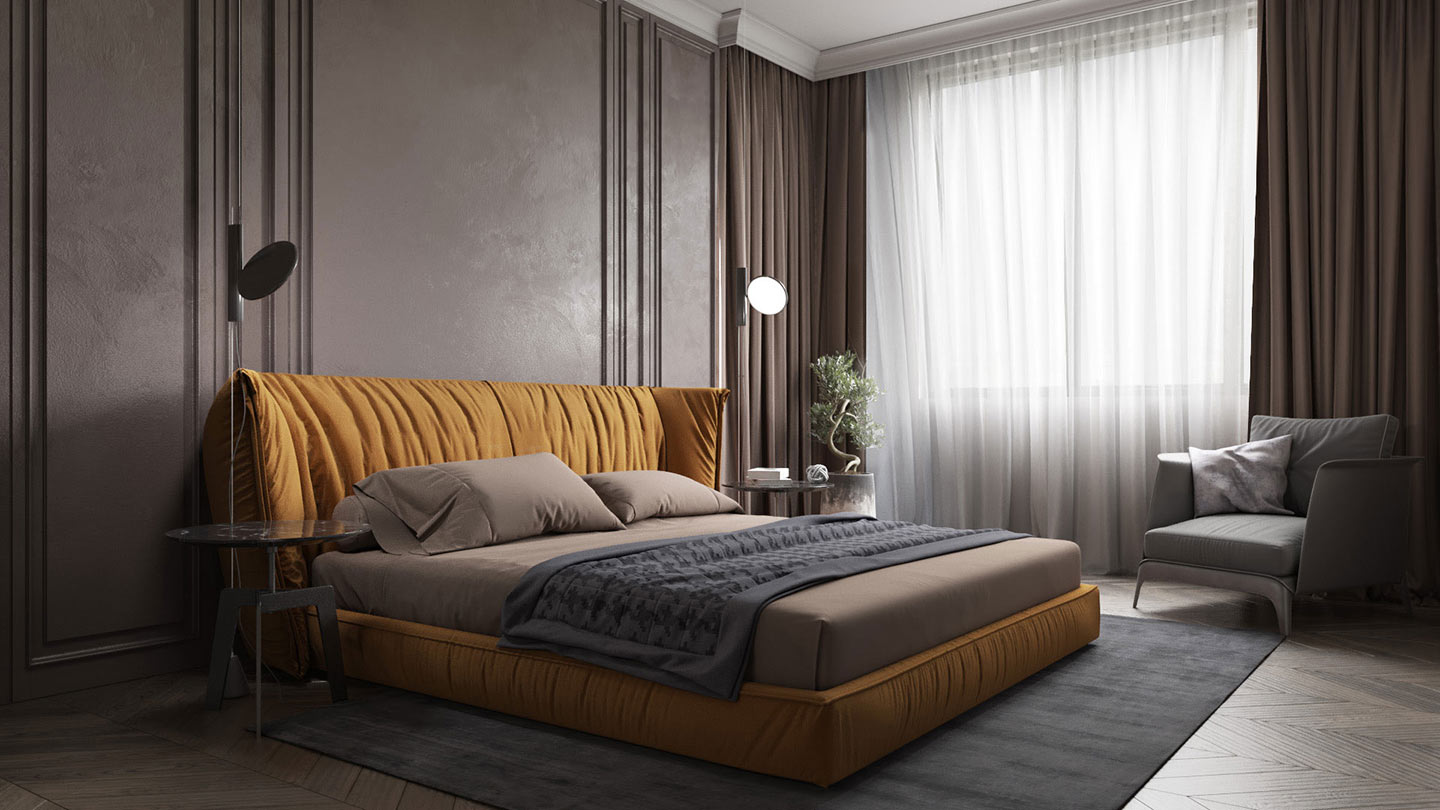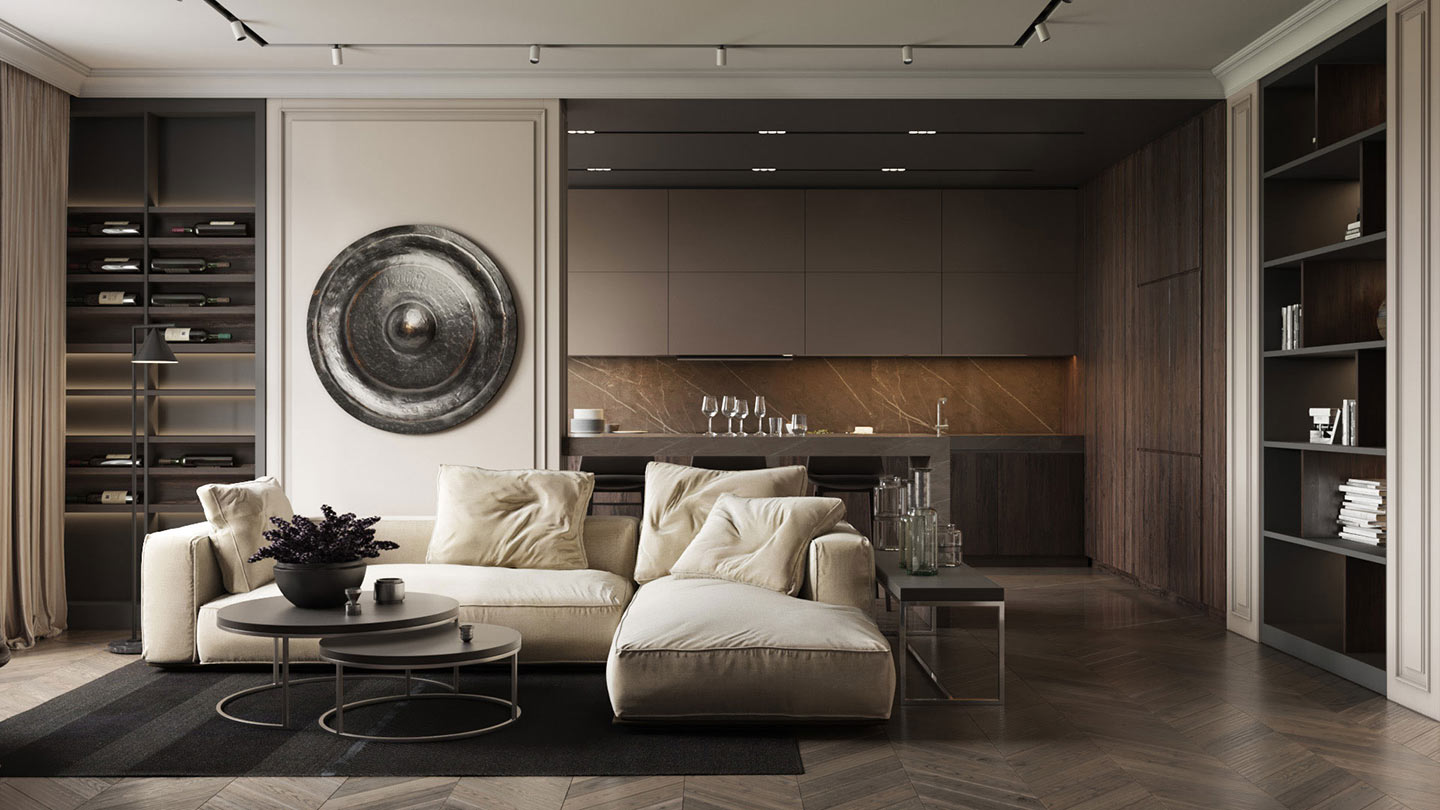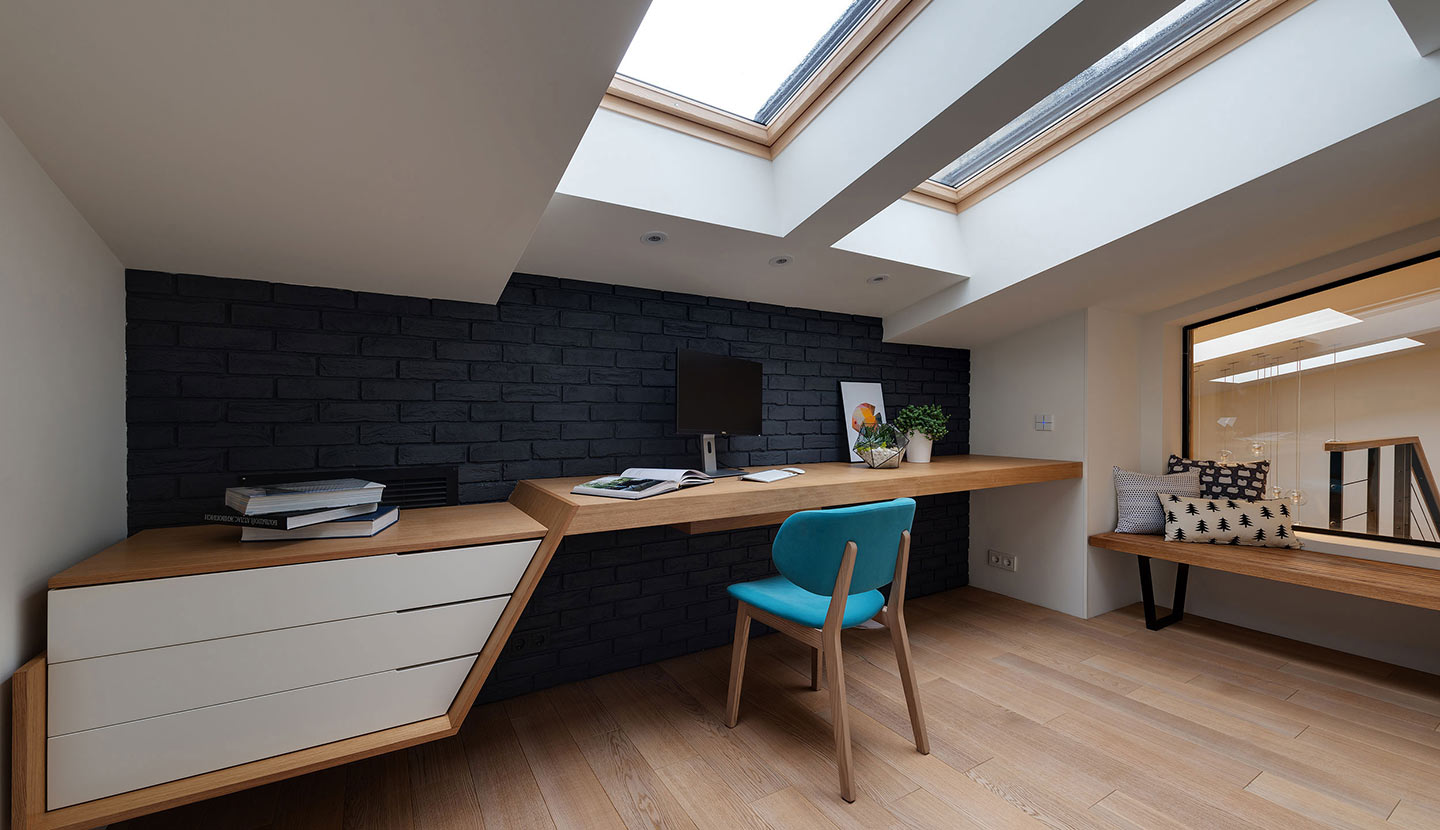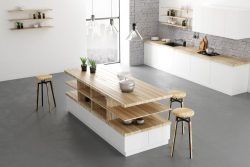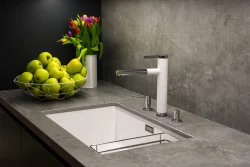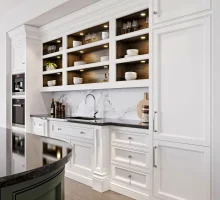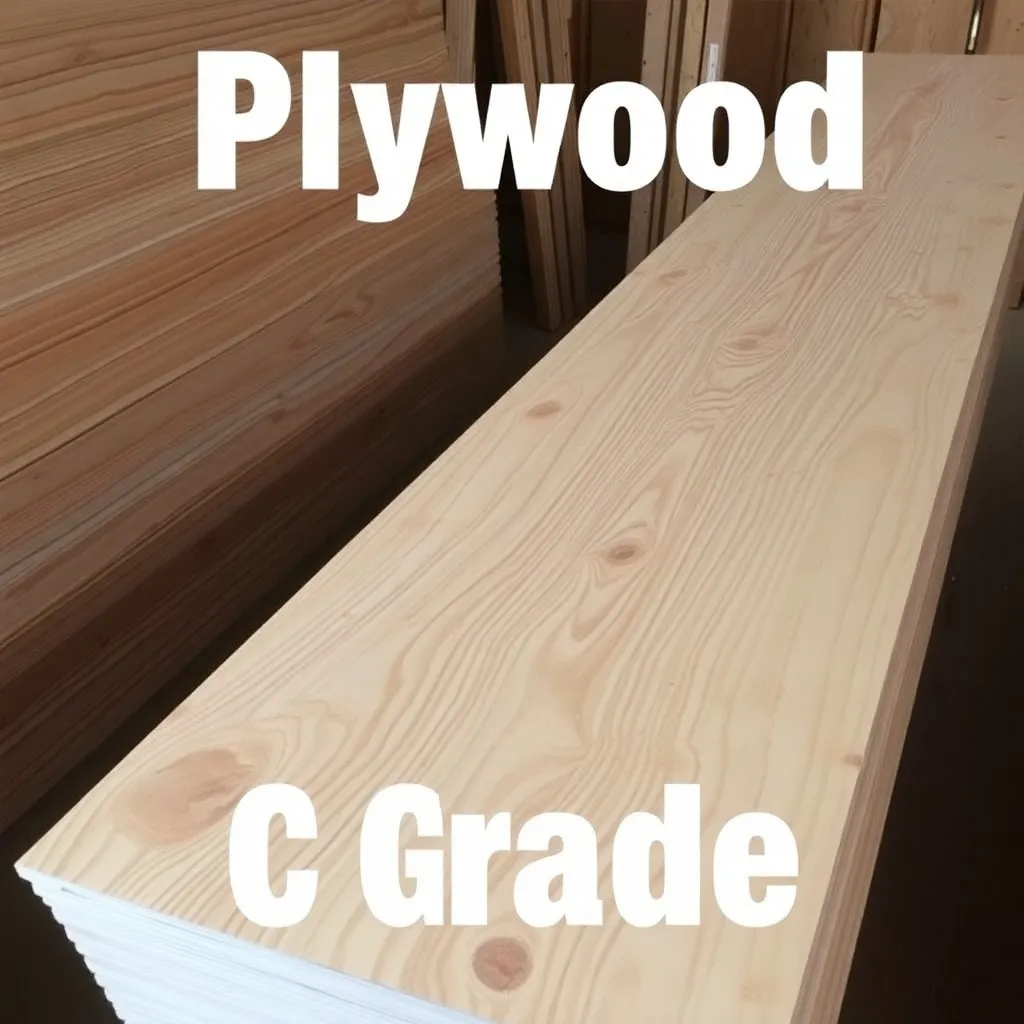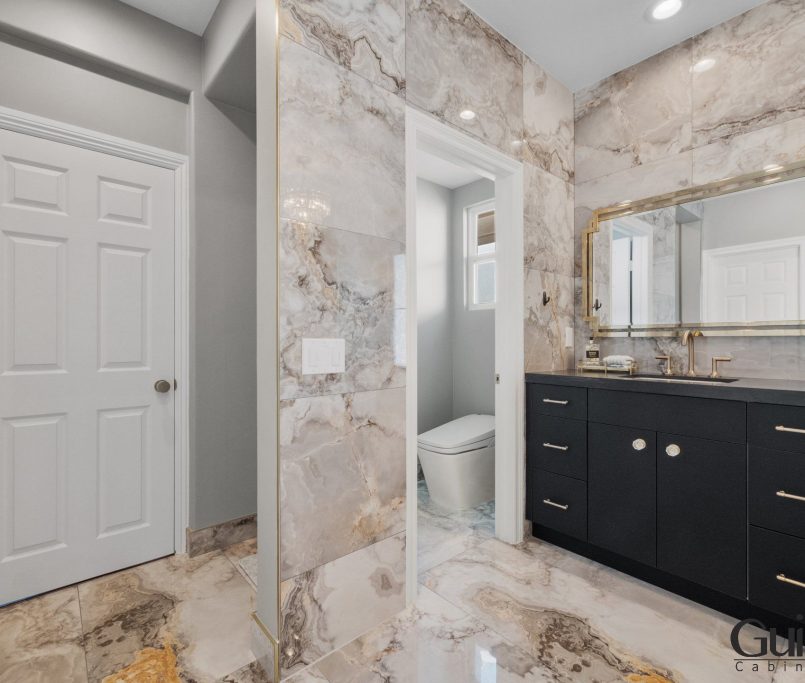It’s time to delve into the diverse world of kitchen islands, where functionality meets style. From extended islands to bubble islands, there are various options to suit different kitchen layouts and design preferences. Each type offers unique benefits, whether it’s maximizing seating, optimizing space in narrow kitchens, or providing a multifunctional surface for food prep and dining. In this blog post, we will explore the different types of kitchen islands to help you envision your ideal culinary space.
=> Related Article: The Ideas to Extend Your Kitchen Island DIY
Extended Islands
A built-in island with both base storage and a deeply extended top, the extended island design allows for a large surface with plenty of room for seats facing each other instead of in one row.
About Extended Islands
The extended island is characterized by its generous countertop space and ample storage in the base. It offers a wide and spacious surface area, making it ideal for meal preparation, cooking, and entertaining. The extended top creates a versatile and functional area that can accommodate seating, providing a space for both dining and socializing in the kitchen.
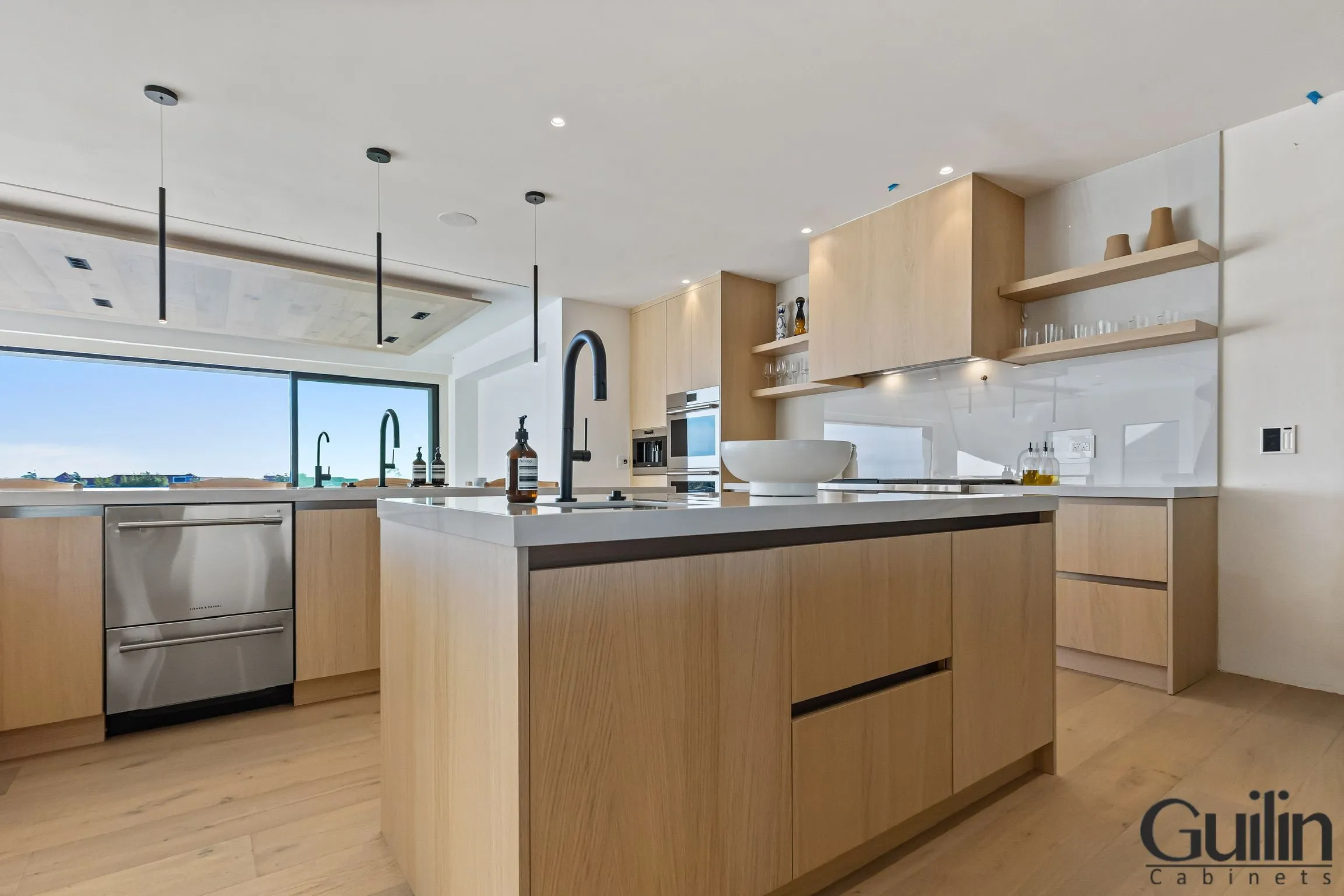
Suitable Kitchen Layouts
Characterized by its expansive design, the extended island best suits larger kitchens with ample space. It complements open-plan layouts, allowing for seamless integration into the overall kitchen design. With its extended top, it offers an inviting area for casual dining, making it perfect for families or for hosting guests while preparing meals.

Extra-Extended Islands
Assuming you have a long and narrow kitchen space, extra-extended islands can be the perfect solution for maximizing both function and style. These islands are designed to provide an elongated surface area without widening the island itself, making them ideal for kitchens with limited width.
Defining Extra-Extended Islands
Any kitchen island that features a long, extended countertop surface but only has base storage on one side can be classified as an extra-extended island. This unique design allows for ample seating space on one side, while the other side can be utilized for food preparation or other culinary activities.

Ideal Uses and Configurations
Ideal for long and narrow kitchen layouts, extra-extended islands are perfect for maximizing space efficiency without sacrificing functionality. They are particularly well-suited for open-concept or galley-style kitchens, where a traditional, wide island may not be feasible. Plus, these islands offer the flexibility to accommodate both food preparation and seating, making them a versatile choice for modern kitchen designs.
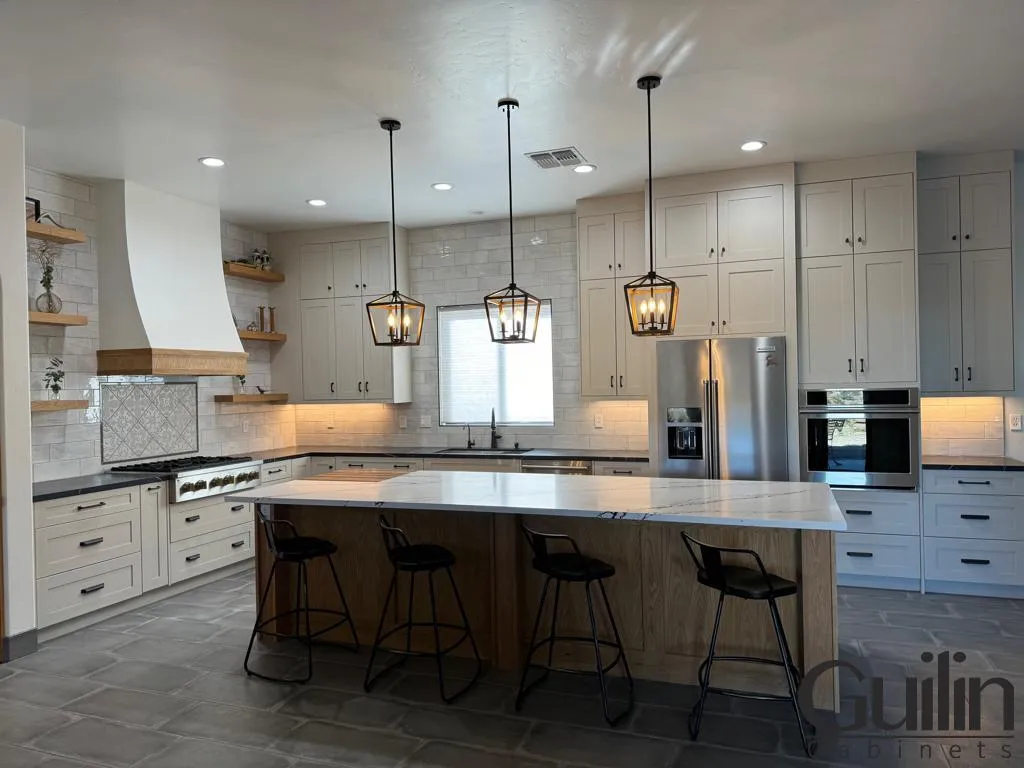
Plus, when paired with stylish pendant lighting and complemented by sleek bar stools, extra-extended islands can serve as a stunning focal point in the kitchen, elevating the overall aesthetic appeal of the space. Whether used for casual dining, socializing, or meal preparation, these islands offer a seamless blend of form and function.
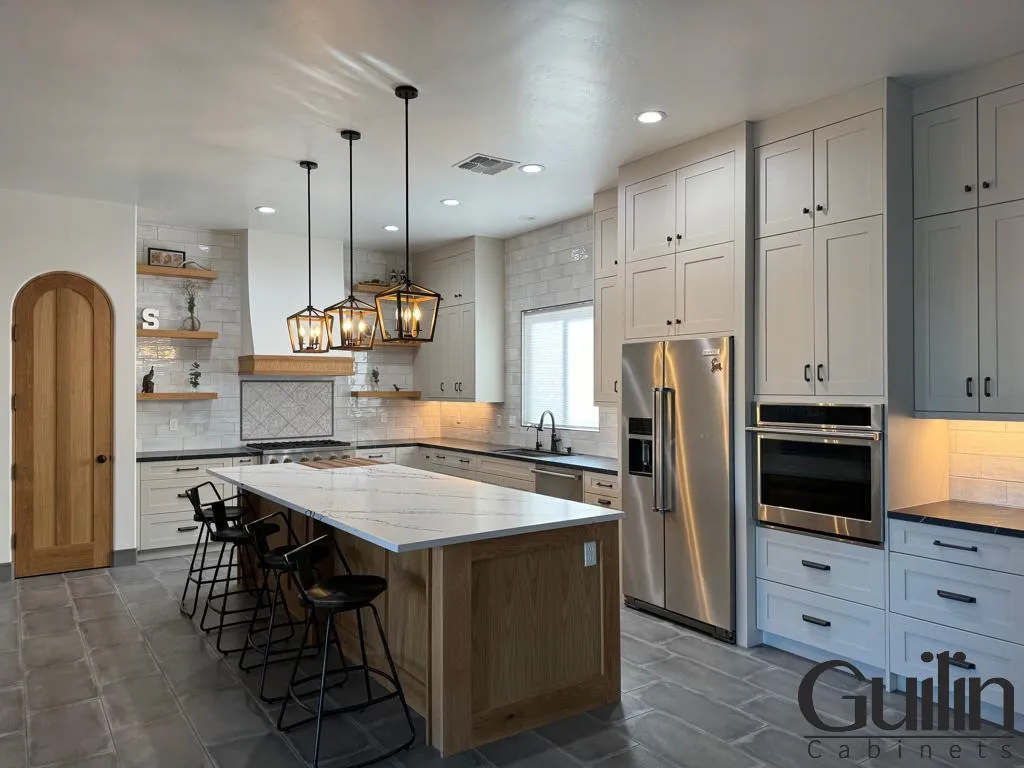
Bubble Islands
Unlike traditional kitchen islands, bubble islands have a unique shape that sets them apart. One side of the island is in the shape of a bubble or half circle, creating a versatile space for both food preparation and social interaction. This design allows for seamless cooking and serving, while also providing a designated area for guests to sit and engage in conversation.

The Unique Shape of Bubble Islands
For those seeking a kitchen island with a distinctive layout, bubble islands offer a refreshing alternative. The curved edge of the island allows for a natural flow of movement around the kitchen, making it easy to reach all areas of the island without any sharp corners obstructing the space. This unique shape also provides an inviting space for guests to gather, creating a focal point for social interaction within the kitchen.
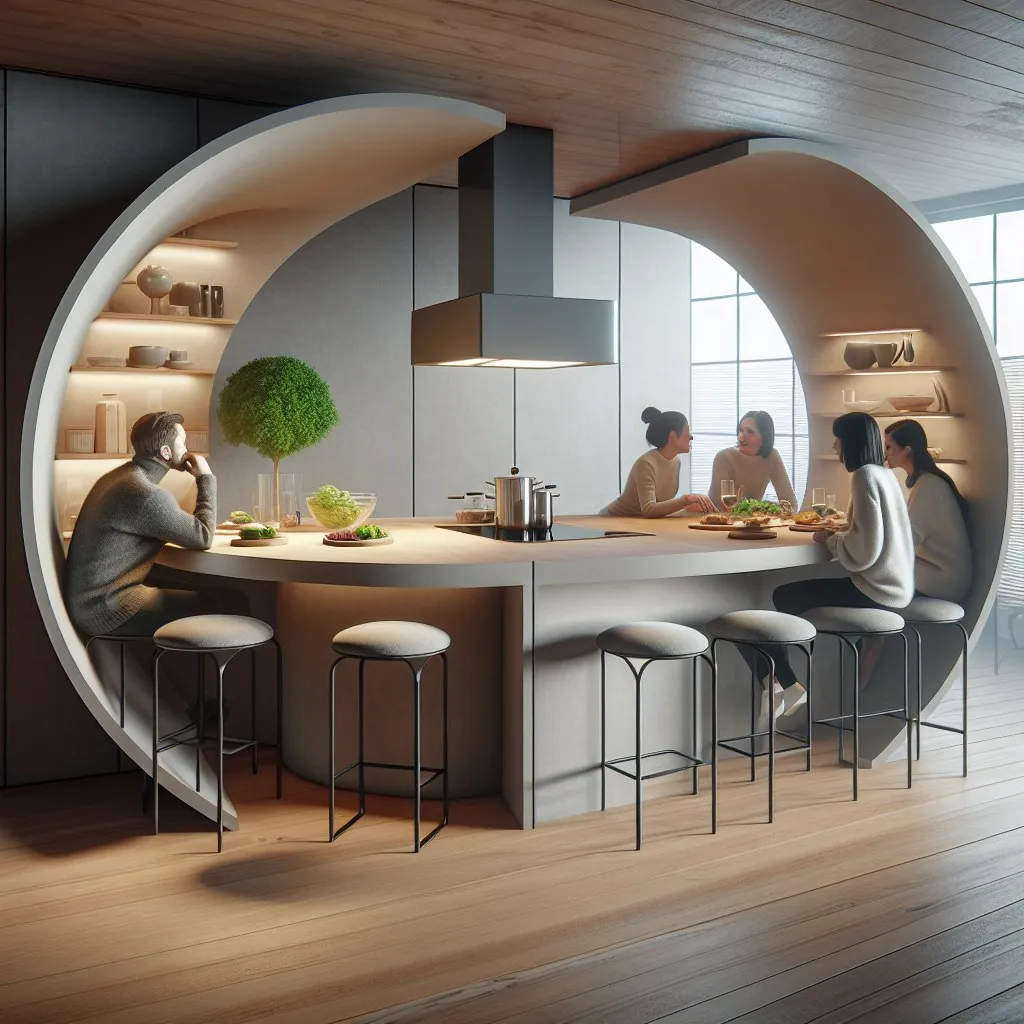
Advantages in Open Concept and Square Kitchens
Bubble islands are particularly well-suited for open-concept or square kitchen layouts. The half-circle shape of the island maximizes space efficiency, making it a practical choice for kitchens with limited room. Additionally, this design allows for seamless integration into the overall flow of the kitchen, providing an ideal setting for both cooking and entertaining. Bubble islands offer the perfect balance between functionality and socializing, making them an attractive option for modern kitchen designs.
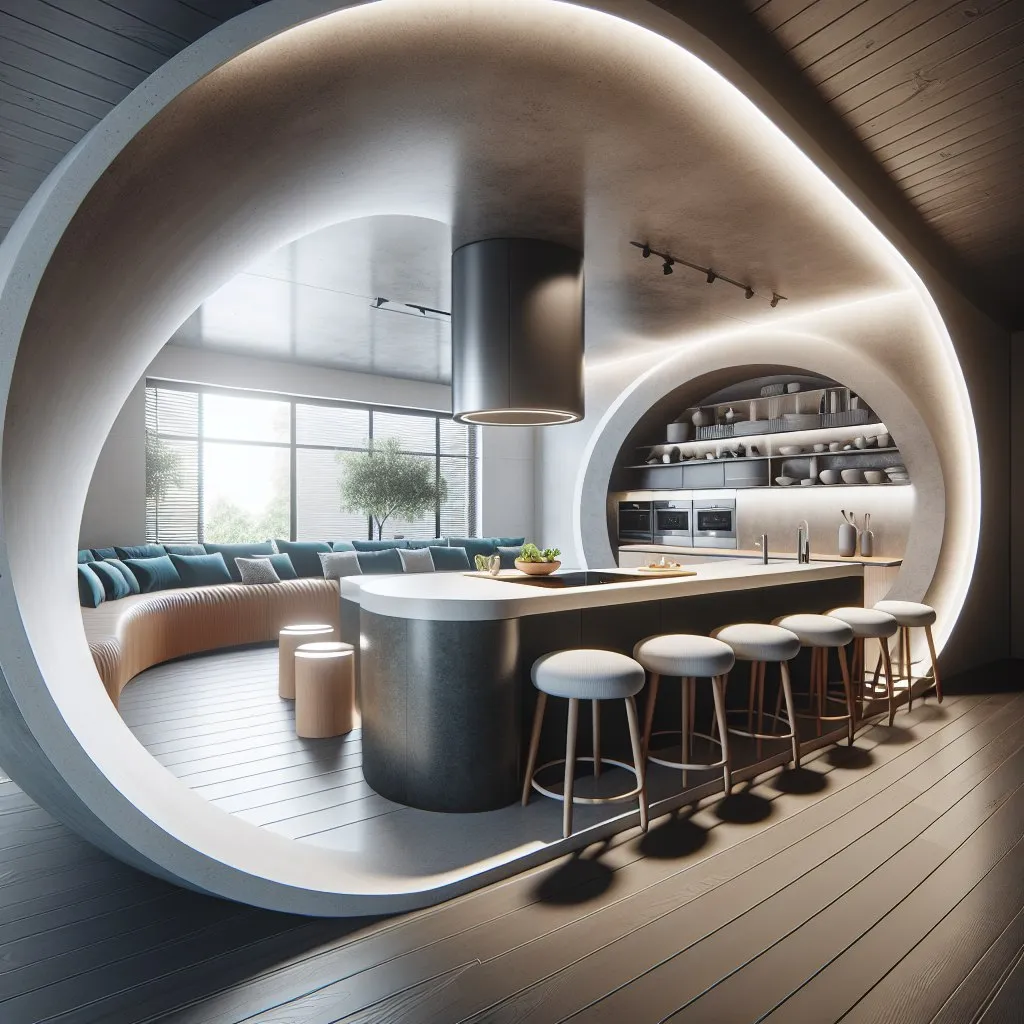
Perpendicular Extension Islands
After exploring extended islands and extra-extended islands, let’s dive into the design features of perpendicular extension islands. This type of kitchen island involves a picnic-style dining area that’s located against the back of the kitchen island, providing a unique and functional design for your kitchen space. Any perpendicular extension island is characterized by its distinct shape and layout, offering a combination of different functionalities within the kitchen. Typically, one side of the island is designated as the food preparation and cooking area, while the perpendicular extension creates a dedicated space for dining or casual seating with a clear division between the two.
Design Features
Any perpendicular extension island features a distinct design that sets it apart from other types of kitchen islands. The perpendicular extension creates a designated dining area against the back of the island, allowing for a seamless flow between food preparation and dining activities. This unique layout adds visual interest to the kitchen while also providing practical functionality. Any additional design elements, such as built-in seating or a bar-style setup, can further enhance the overall appeal and usability of the perpendicular extension island, making it a versatile and dynamic centerpiece for the kitchen space.
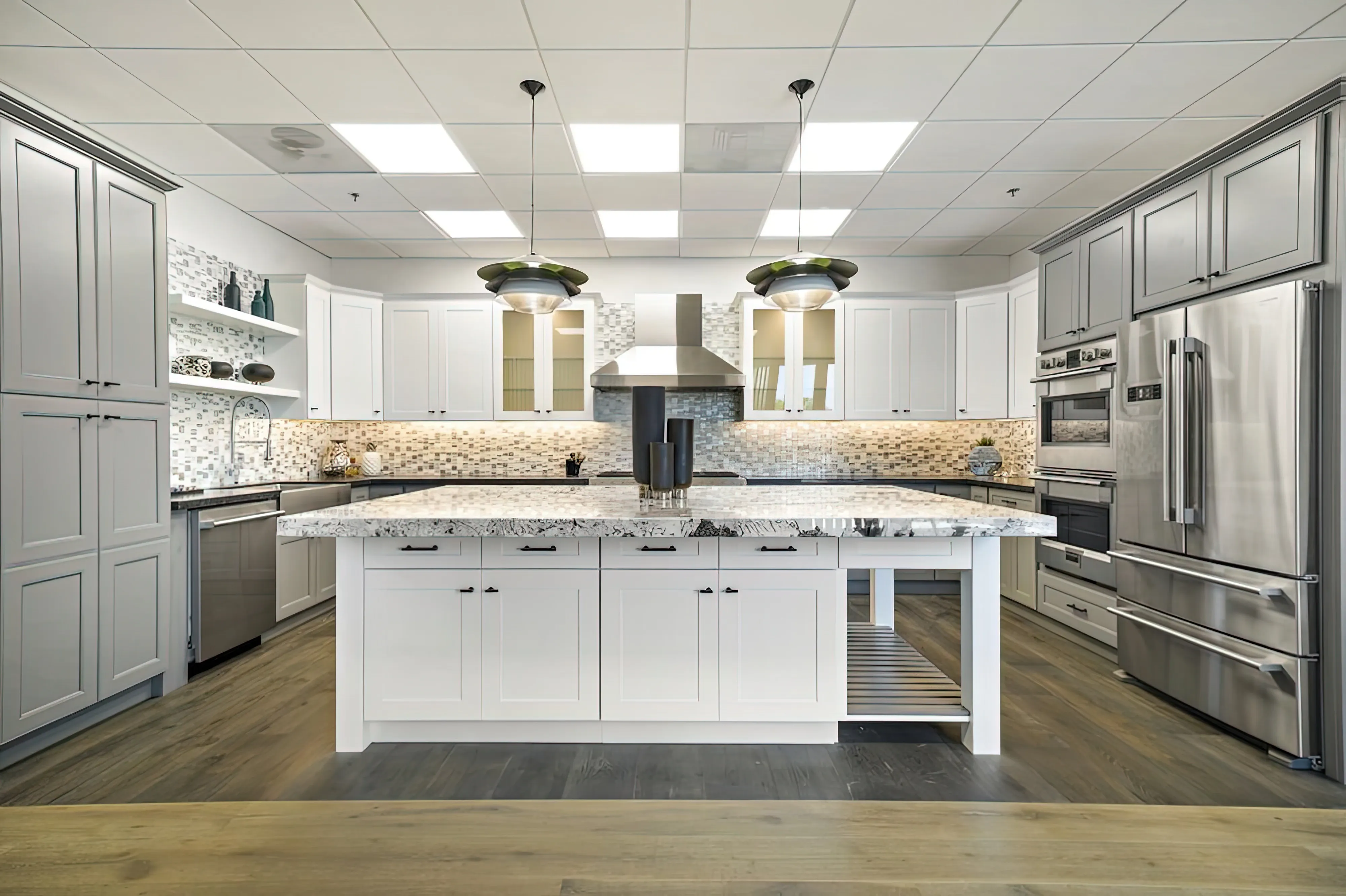
Spatial Requirements and Benefits
One of the key spatial requirements for a perpendicular extension island is having sufficient space to accommodate the extended dining area without compromising the overall flow and layout of the kitchen. This type of island works best in open-concept or spacious kitchen settings, allowing for a seamless integration of the dining space with the rest of the kitchen.
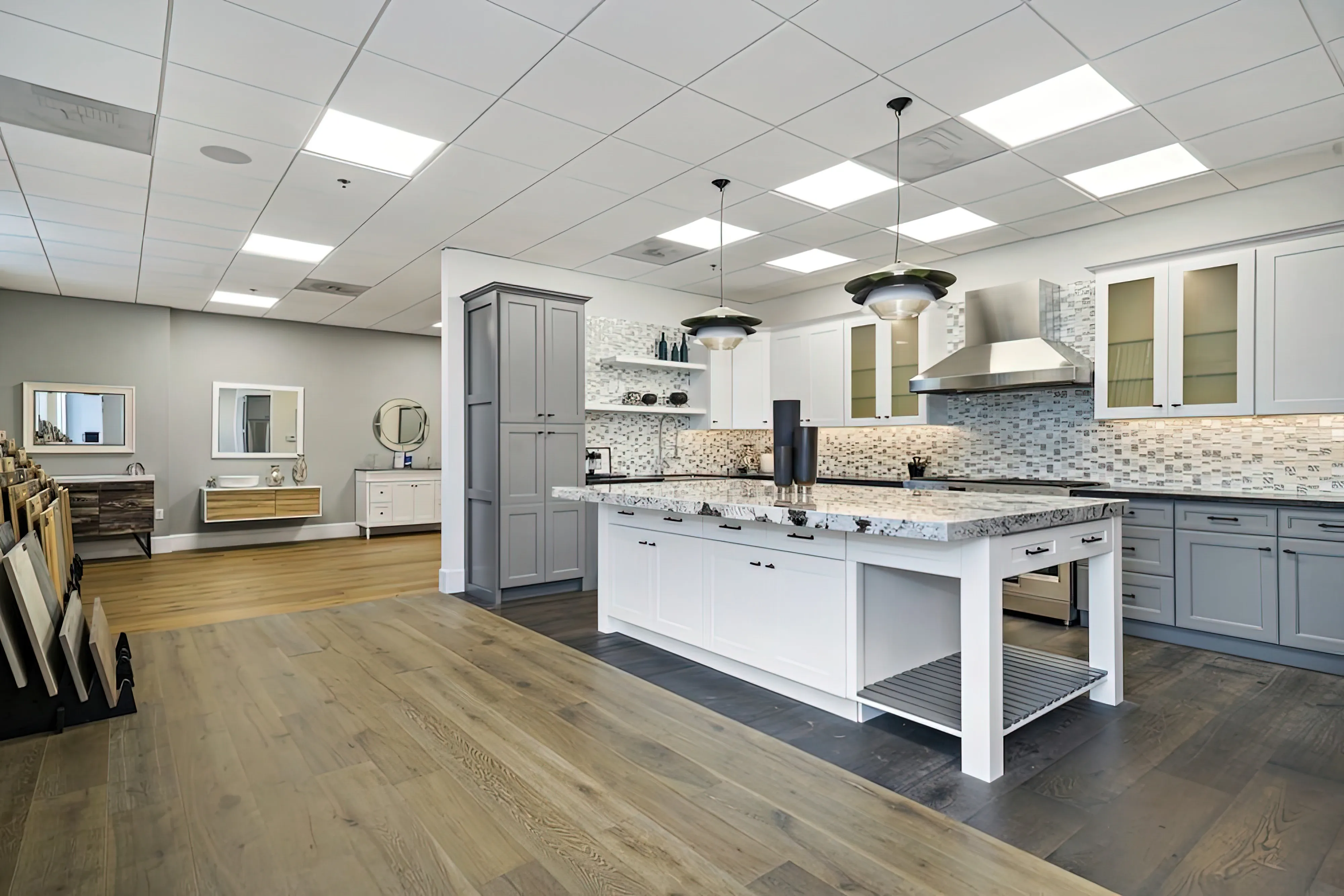
To maximize the benefits of a perpendicular extension island, careful consideration should be given to the spatial layout and functionality of the kitchen. By creating a designated dining area within the island, it not only adds a social element to the space but also optimizes the use of the available kitchen area for both food preparation and dining activities.
Peninsula Extension Islands
To maximize space and create a seamless flow in your kitchen, consider a peninsula extension island. This type of island is a practical solution for kitchens with limited space or a layout that doesn’t accommodate a traditional island. By extending from the main counter, it provides additional dining or counter space without the need for a clearance zone on all sides.
Differentiating Peninsula Extension from Traditional Islands
The key difference between a peninsula extension island and a traditional island lies in its connection to the main counter. While a traditional island is standalone and requires clearance on all sides, a peninsula extension island is connected to the main counter, creating an integrated and cohesive look. This design not only conserves space but also promotes a smooth transition between the kitchen and dining areas.
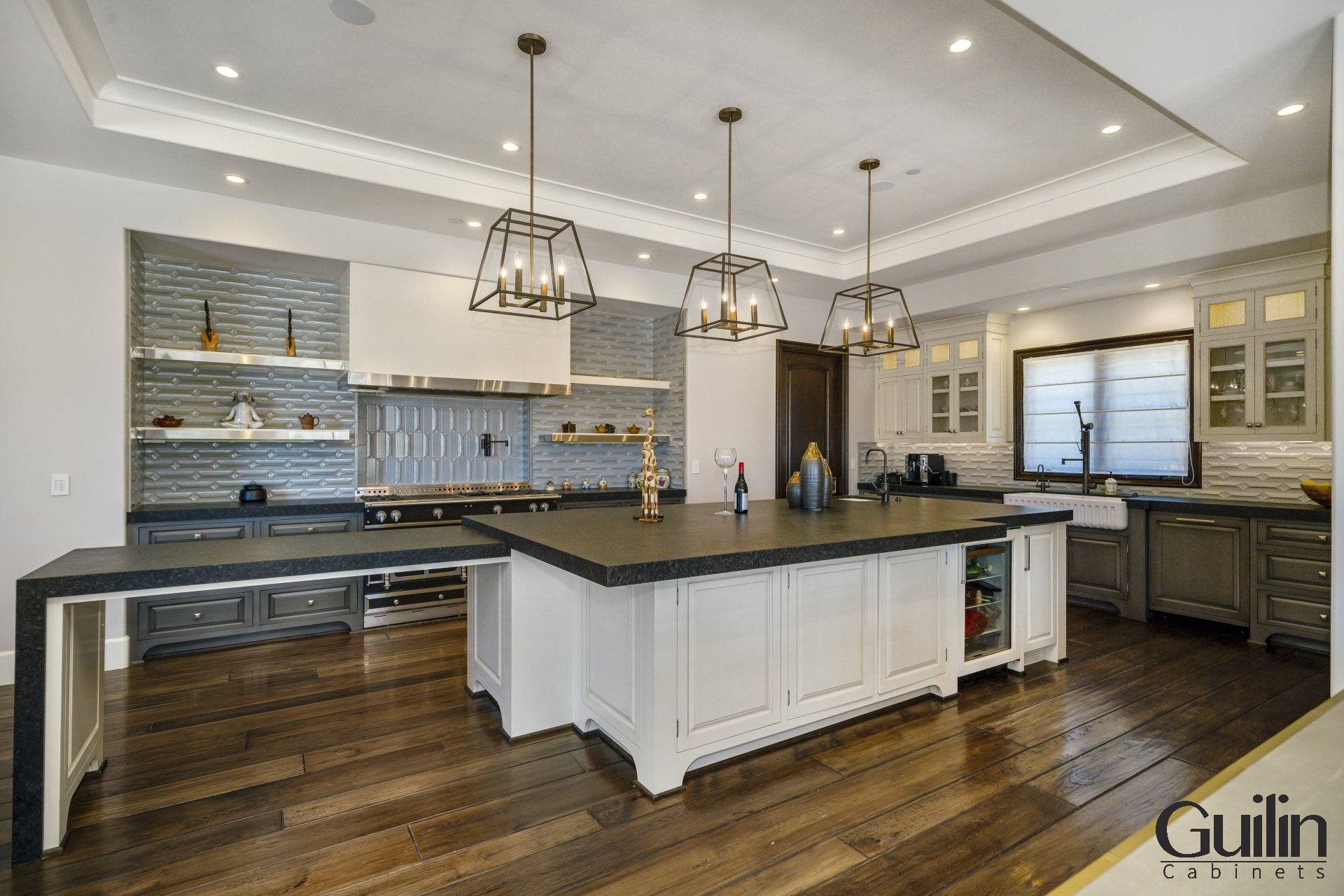
Integration with Kitchen Layouts
Layouts with limited space or those that require a functional dining area can benefit from the integration of a peninsula extension island. This type of island harmoniously blends with both L-shaped and U-shaped kitchen layouts, offering a practical solution for creating additional seating or counter space. Whether used for casual dining or food preparation, the peninsula extension island adds functionality without sacrificing aesthetics in the kitchen.
